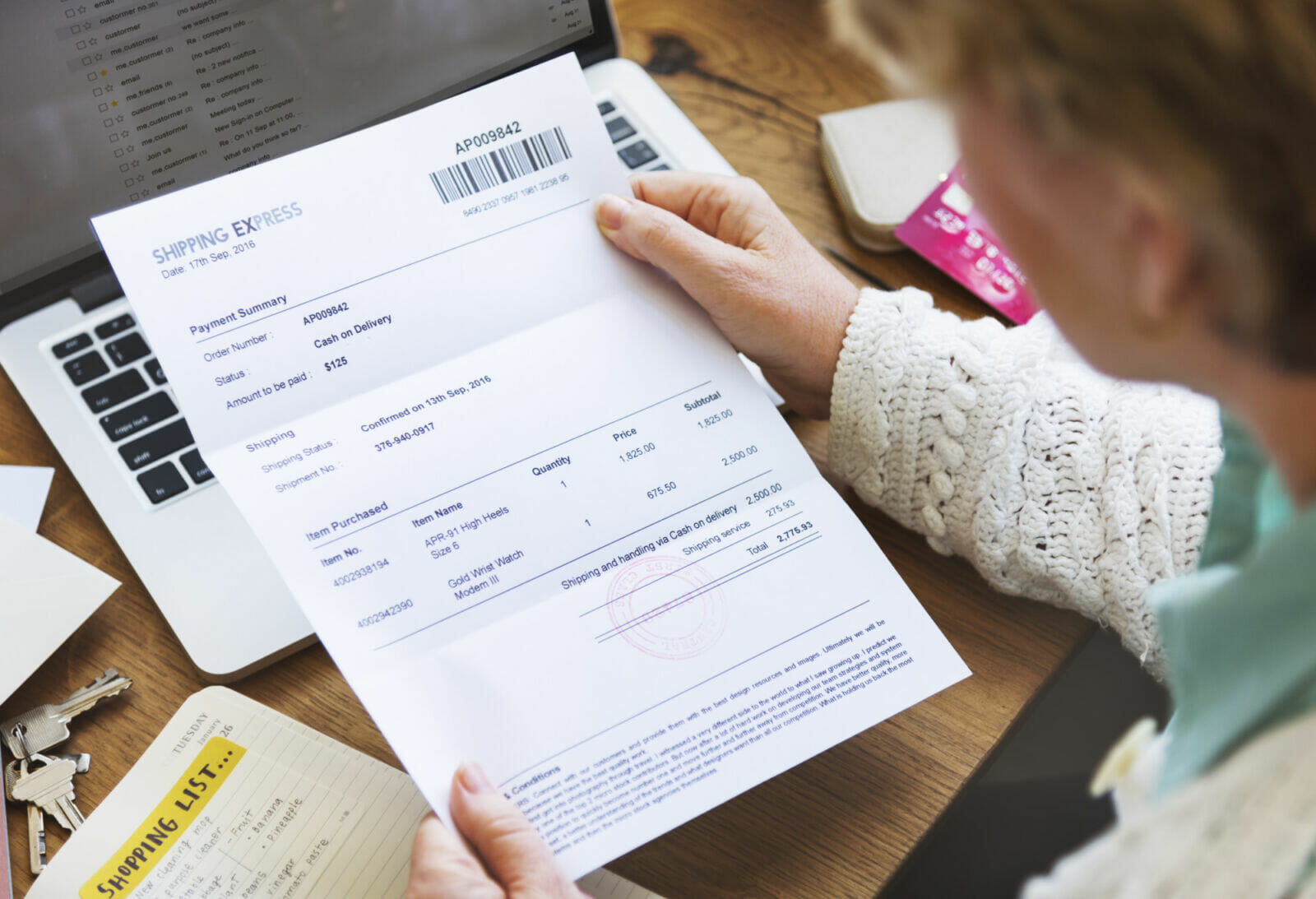Did you know that just over 20% of new businesses fail within their first year of operation?
Starting your own enterprise comes with risks and challenges. One way to reduce both is to ensure you know the operational and financial end of your business inside and out before you ever begin.
An essential aspect of your operations is invoicing. But what is the purpose of an invoice in small businesses? Keep reading to find out.
What Is the Primary Purpose of an Invoice?
The main purpose of an invoice is to provide a record of a sale so a business can get paid. A vendor provides a service or product to a buyer, they give the buyer an invoice, and the buyer pays the amount indicated on the invoice.
The invoice serves as written verification of a business transaction. It includes information such as the payment terms, the due date of the payment, and an itemized list of what the vendor provided to the client (products or services).
What Other Purposes Do Invoices Serve?
Professional invoices serve additional purposes. These involve accounting, inventory, and legal protection.
Use Invoicing for Tracking Inventory
Tracking inventory helps you identify errors, drops and increases in sales, and unexpected expenses. It can help you predict future inventory needs and operate more efficiently.
One way to track inventory is through professional invoices. There is software that can help you link the two, or you can do this manually.
Use Invoicing for Accounting
Invoices are an important part of bookkeeping. They’re a method of documenting business transactions, revenue, and financial history.
Invoices are also required for tax records. The IRS recommends that small businesses keep records of daily business transactions, which includes invoices.
Use Invoicing for Legal Protection
Your invoices include detailed information such as what was provided to the buyer, when this was provided, as well as what and when they were expected to pay.
Having written verification of all these details can help protect your business in the case of a lawsuit. In fact, if you have clients sign invoices, these may be considered legally binding.
What’s Included in Professional Invoices?
Typically, an invoice — like the ones Zintego helps you create — includes the following information:
• An invoice number
• Date the invoice was issued
• Contact information of your business
• Itemized list of the services or products provided
• Payment agreement/payment terms
There is no standard invoice template. If you’re just getting started, you might start with this simple free invoice template.
More Business Advice and Info
The primary purpose of an invoice is to provide a record of sale between a business and a customer so that a business can get paid. But they also serve a purpose in terms of accounting, legal protection, and inventory. Knowing how to create an invoice is an essential part of starting any small business.
For more essential business advice and information, be sure to check out our Business section.




